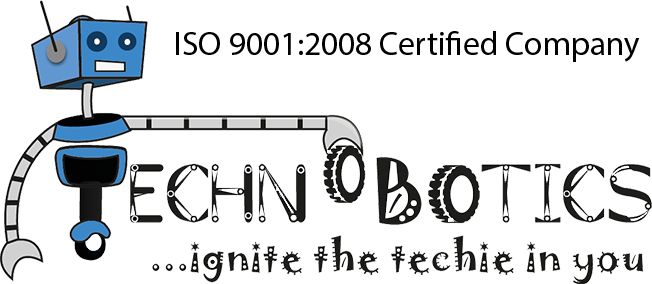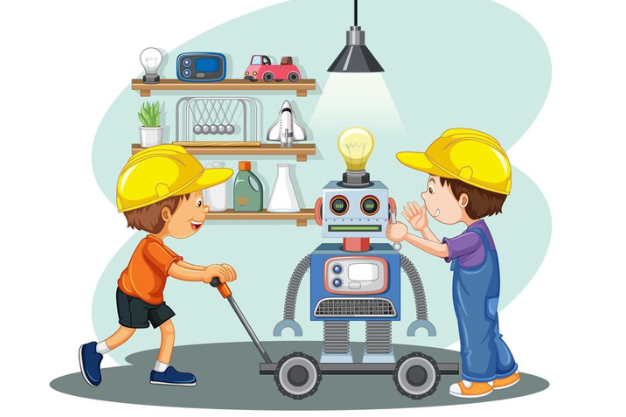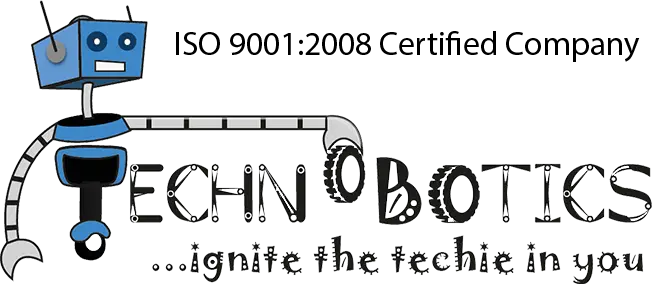Introduction:
Have you ever considered STEM’s significant role in your child’s school curriculum and overall development? As a parent, it is only natural to aspire for your child’s success in all aspects of life. And a solid foundation in Science, Technology, Engineering, and Mathematics (STEM) can be crucial to their success. However, how exactly does STEM education benefit children? Why is it essential for their overall development? And how can you foster a love for STEM in your child? Fear not; we will explore the answers to these questions and more in this blog post. So, join us on this journey to understand why STEM is indispensable to your child’s growth and success.
Child Pedagogy and Robotics:
1. Experiential Learning:
2. Multidisciplinary Approach:
3. Critical Thinking and Creativity in School Curriculum:

Alignment with NEP 2020:
1. Skill Development:
2. Flexible Learning:

3. Application-Based Learning:
Implementation Strategies:
1. Teacher Training:
2. Curriculum Integration:
To ensure a comprehensive and well-rounded education, it is important to incorporate robotics modules into the existing School curriculum. This integration should be seamless, with a balance between theoretical concepts and practical applications. By doing so, students can gain a deeper understanding of robotics and its real-world applications, which can prepare them for success in various industries.
3. Inclusive Approach:

Conclusion:
Stem curriculum in School can bring significant benefits to students by providing them with hands-on learning experiences that foster critical thinking and problem-solving skills. The National Education Policy 2020 emphasizes the need for experiential learning, and robotics is an excellent tool to achieve this goal. By using robotics in the classroom, students can learn about programming, electronics, and mechanics in a fun and engaging way. Moreover, robotics can help bridge the gap between theory and practice, allowing students to apply their theoretical knowledge to real-world problems. As the educational landscape continues to evolve, robotics can play a vital role in preparing students for the challenges of the future, including the growing demand for STEM (Science, Technology, Engineering, and Mathematics) skills in the job market.


